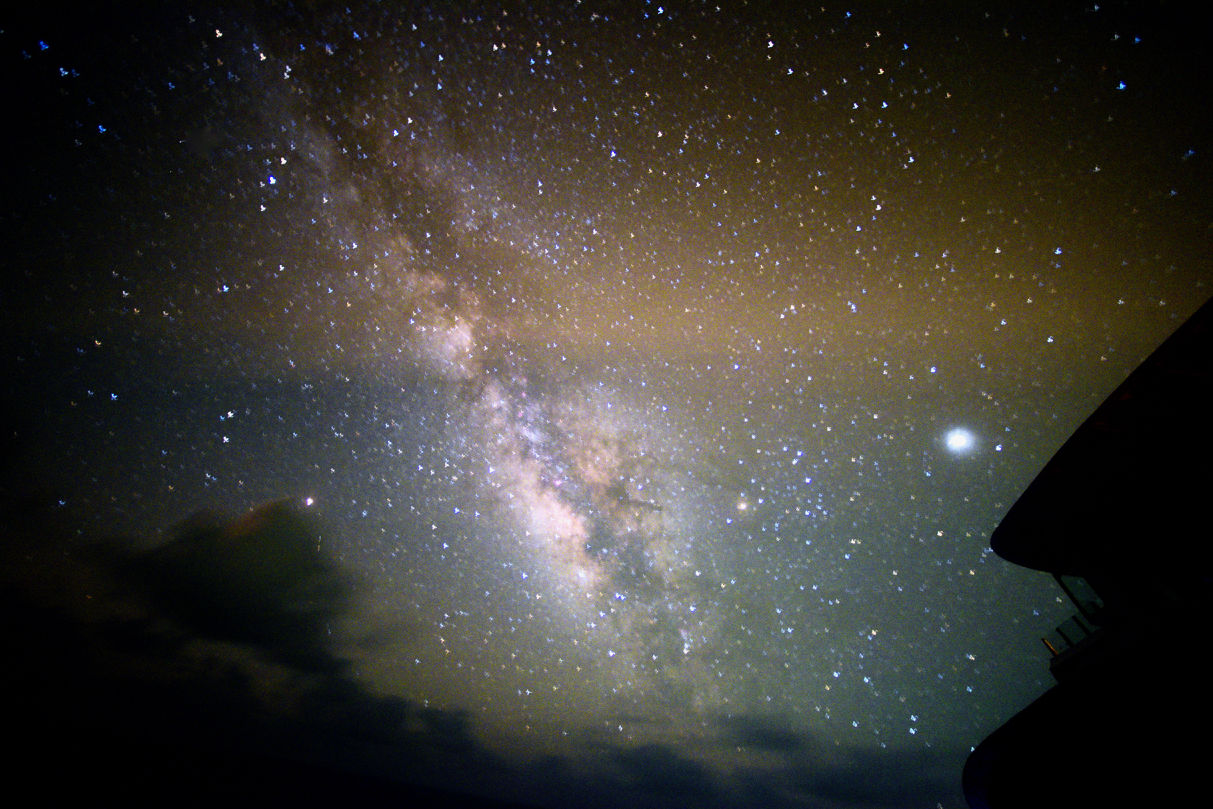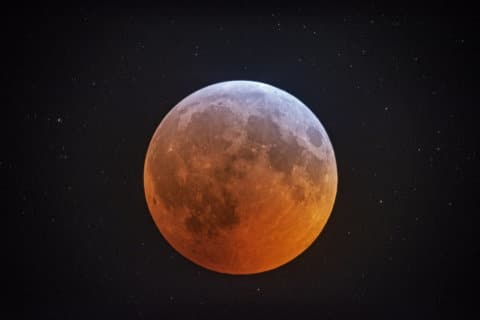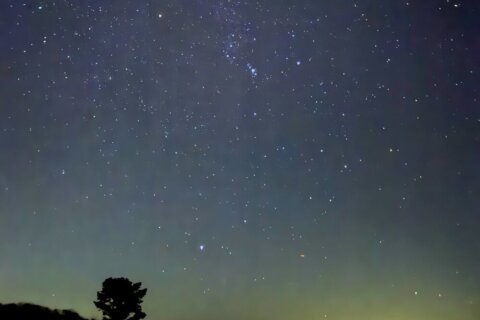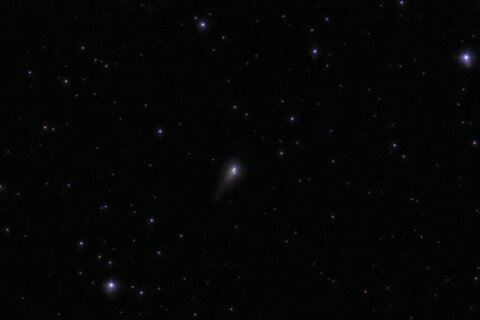I don’t know about you, but these past few weeks have felt like we live on a cloud-covered planet … clouds, clouds and more clouds. If, and when, the clouds break, there is a bright “star” that will catch your attention in the southeast sky right after dark.
The brightest stellar-like object in the night sky is not a star but mighty Jupiter, the “king of the planets.” You can’t miss Jupiter, even in downtown D.C. — it is that bright. Only the moon is brighter in the night sky.
On 11 p.m. EDT Tuesday, Jupiter will be at its closest to our planet for all of 2019; it will be 398 million miles away. When you look at Jupiter, take a peek to see what time it is, then subtract 36 minutes. This is the time that the light from the sun that was reflected off Jupiter’s cloud tops left the planet traveling at 186,000 miles per second — the speed of light.
With good binoculars, you can see the four main moons of Jupiter, discovered by Galileo. Galileo first observed these moons on Jan. 7, 1610, and he noticed that they moved over a period of time.
Here is a nifty calculator that shows you which moon is which for any given time and date. Use the “Direct View” if looking through binoculars. The number of moons present is always changing due to their orbiting Jupiter.
Jupiter has made news in the astronomical community lately because the “bigger than Earth” storm known as the “Great Red Spot,” visible in even small telescopes for hundreds of years, may be “evaporating.”
By contrast, the bright reddish-orange star to the right of Jupiter, Antares, is 550 light-years away! The light you see when you look at Antares left in 1469. And, if you’re into big numbers, Antares is 3.3 quadrillion (3,300,000,000,000,000) miles from Earth. Antares is known as the “Heart of the Scorpion.” It’s the brightest star in Scorpius, a constellation that really looks like its namesake.
Jupiter and Scorpius are just to the right of the bright band of the Milky Way, our home galaxy. If you’re lucky enough to view this nighttime scene from a dark sky with no moon present, it will be quite spectacular.
We’re entering into Milky Way season, when the bright band of our galaxy rises above the eastern and southern horizons to pass high overhead in the summer months, especially August.
If you look further to the left of Jupiter, you’ll notice a bright yellowish-white “star.” That’s Saturn, which is twice as far away as Jupiter at 76 light-minutes and almost 900 million miles distant.

If you have a telescope, Jupiter, and all of the sky sights discussed are really worth a look — especially the rings of Saturn.
Enjoy these sky sights of summer and mark your calendar: The 4th annual “Night Sky Festival at Shenandoah National Park” will be Aug. 9-11. See you there!
Follow my daily blog to keep up with the latest news in astronomy and space exploration. You can email me at skyguyinva@gmail.com.







